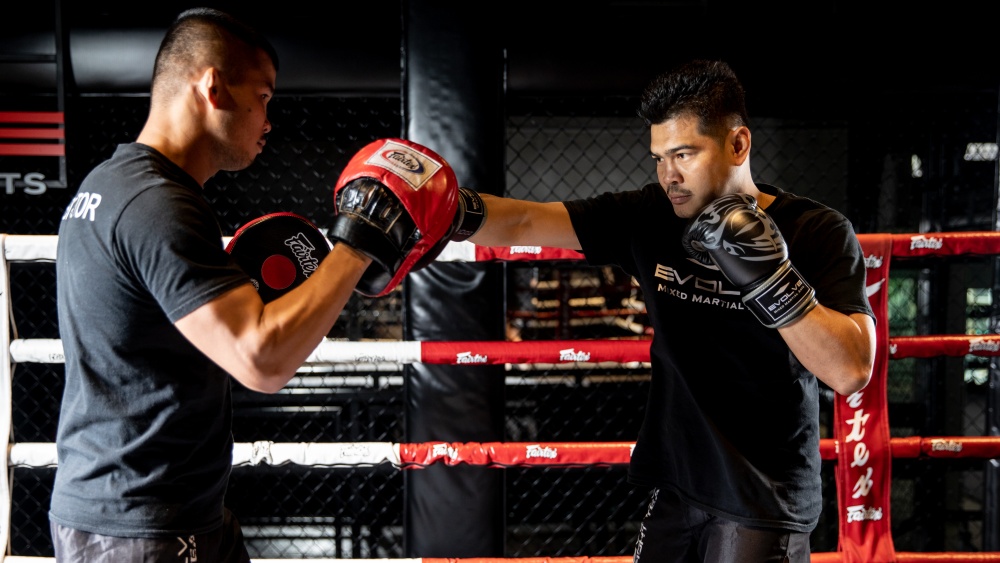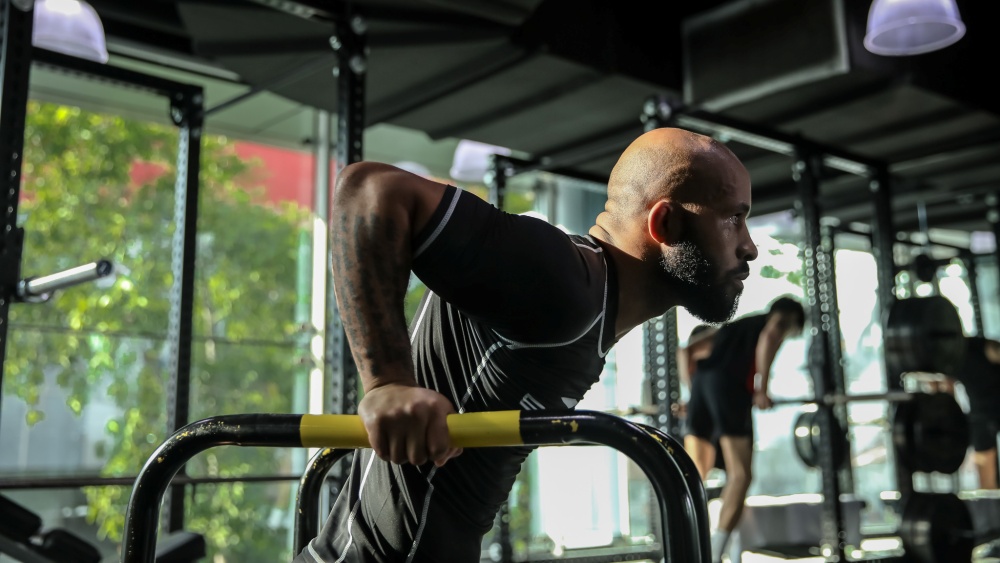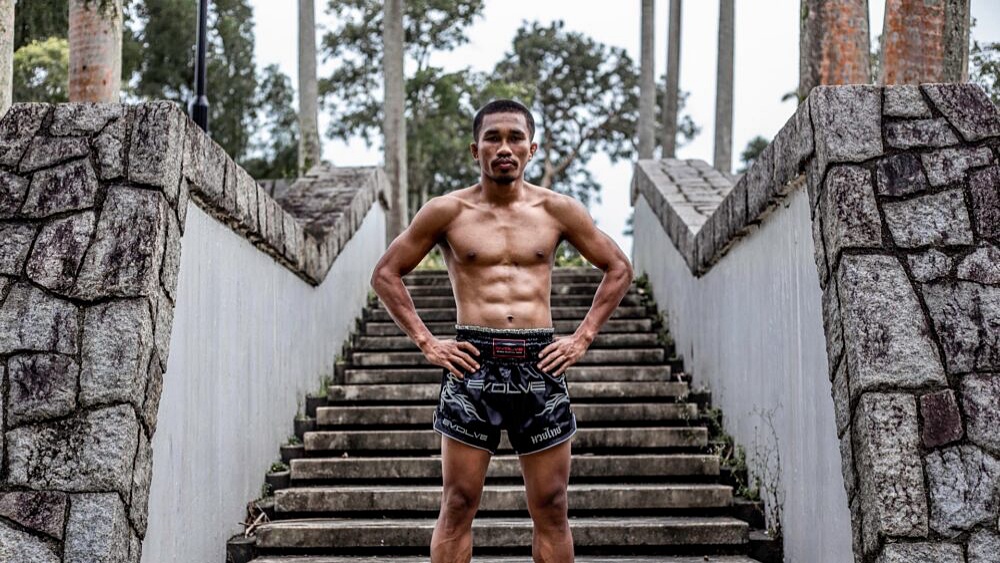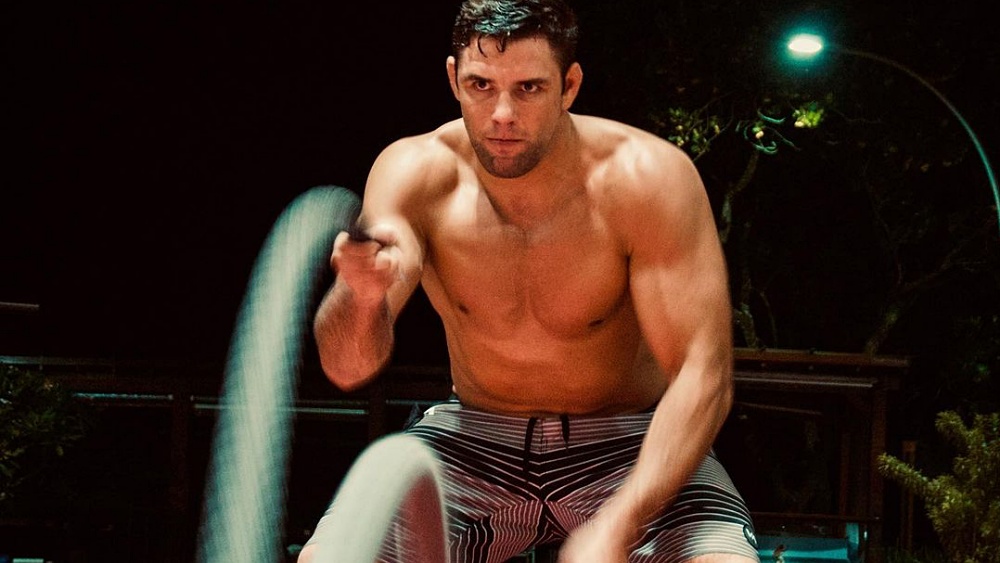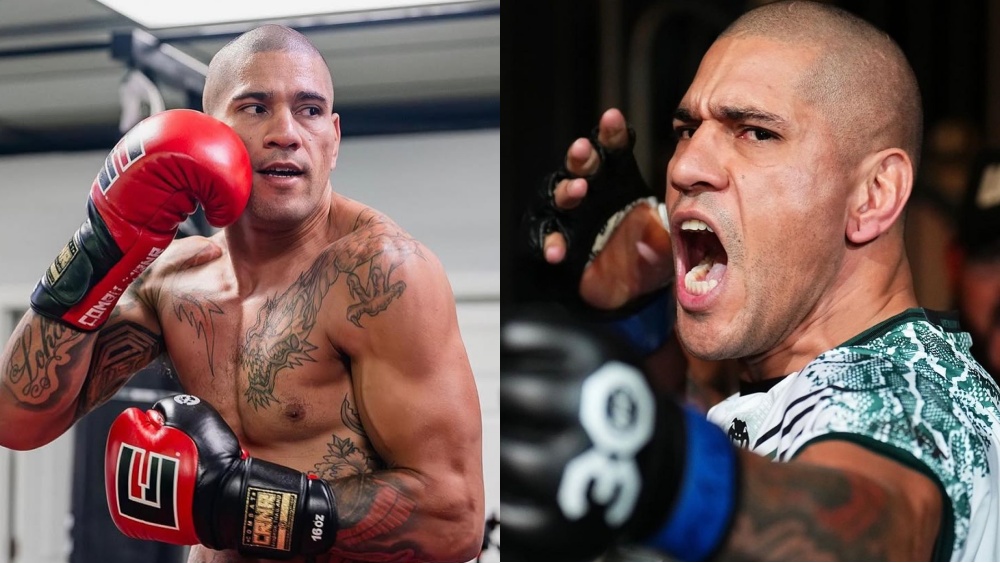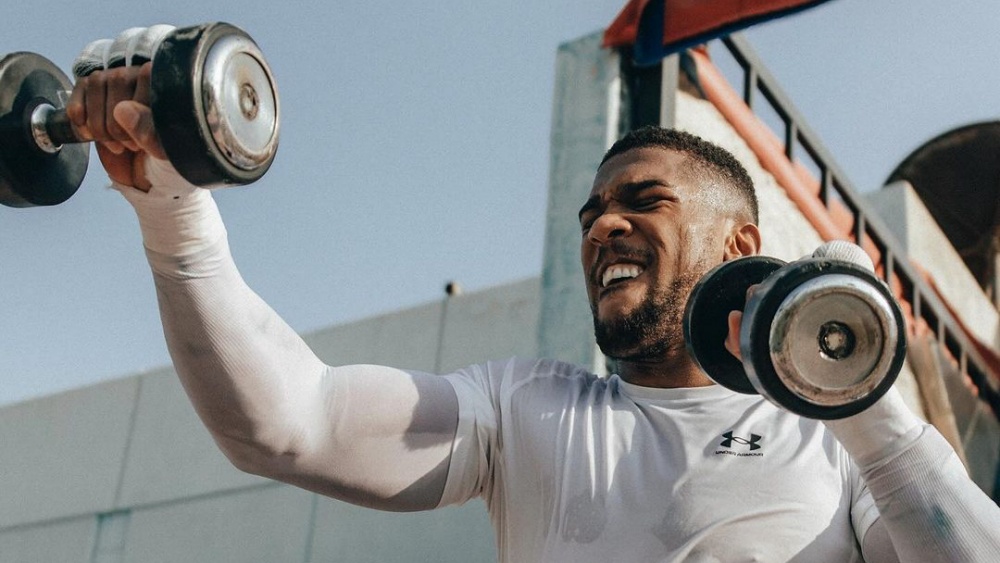We could all use improved reflexes regardless of what we do for a living. It improves your body’s functionality and physical fitness. Life can be a game of inches since being able to act a little bit quicker can be the difference-maker in some situations.
Your reaction time and reflexes are the least understood aspects of human athletic performance. Yet they play a significant role in everything we do as we go about our daily activities. Your reflexes are your involuntary reactions to external stimuli, while your reaction time is how quickly your voluntary reactions to external stimuli are.
Your nervous system and brain are responsible for most motions you make. Every action you take starts in your brain before your body even starts moving. When you encounter a stimulus, electric signals are sent to your brain to process the information. Your senses (hearing, feeling, and seeing) are the receptors that detect the stimulus and send signals to the brain to determine the appropriate response. This process occurs regardless of how significant or insignificant the stimulus is.
The brain processes the information and sends electrical signals to your peripheral and central nervous system, signaling the body parts that should react to it. It is a complex process that takes place over fractions of a second.
Improving your reflexes goes way past improving your athletic ability. Just think of the many everyday scenarios where having quick reflexes could be healthy. For example, quick reflexes can help you to avoid a car accident when a large animal is on a roadway at night. Quick reflexes also come in handy during trips and falls. If your reflexes are fast enough, you might be able to regain your balance or catch yourself before you hit the ground.
Exercises That Improve Your Reflexes
Now that we understand how your reflexes and reaction time works, let’s take a look at some simple exercise you can use to build quicker reflexes:
1) Double End Bag
This is an effective exercise for martial artists to improve their timing, punch coordination, and reflexes. A double end bag allows you to work on head strikes as well as strikes to the body. A double end bag bounces back and forth at a fast pace, allowing you to improve your reflexes.
When performing drills with a double end bag, your focus should be on timing, accuracy, and speed, not power. It takes most people some time to get used to working with a double end bag, but it pays significant dividends in the end. Focus on your straight punches like your jab and cross when you first start working out with one. Move on to combinations as your reflexes improve.
2) Elastic Head Ball
The elastic head ball is a soft, bouncy ball attached to headgear with an elastic cord. You can easily make one for yourself. To improve your reflexes with the elastic head ball, you simply hit the ball with straight punches and try to do the same as the elastic swings it back towards you. The harder you hit the ball, the faster it returns to you, so start with light punches and build up from there.
3) Pad Work
Pad work is an effective way to improve your reflexes, and it has been around for centuries. It also improves your balance, coordination, technique, and body positioning. Add some defensive elements to your drill when doing pad work, so you get to mimic the defensive and offensive movements you would make when sparring or fighting.
The greatest boxer in recent history, Floyd Mayweather, made pad work a staple of his training camps, and it paid off big inside the boxing ring. Remember, your reflexes are your ability to react to outside stimuli without thinking. In other words, your muscle memory. Pad work is an effective way to build reflexes specific to martial arts like boxing or Muay Thai.
Mayweather’s pad work routine involved lots of short and accurate movements. Those drills required Mayweather to make many defensive and offensive movements in quick succession. Floyd and his late uncle Roger Mayweather had it down to a science. Boxing movements like slipping, ducking and weaving while throwing offense became second nature to Mayweather thanks to the decades of practice he had. He would often perform pad work drills without even looking at his uncle to show off his prowess during pre-fight videos.
That’s where you want to be as a fighter. The best fighters aren’t making conscious decisions to block, weave, slip, or counter during their fights. Their reflexes simply take over. A punch comes at them from a particular angle, and their body automatically knows the best way to evade and counter it.
4) Coin Catch
Here is a simple, fun exercise you can perform virtually anywhere. It helps to improve your reflexes and hand-eye coordination. The movement you use to perform this drill also mimics the mechanics of parrying a punch. It’s an effective drill for fighters or anyone looking to improve their ability to react to their surroundings. Here’s what it looks like:
- While standing, extend one of your arms with your elbow slightly bent and your palm facing the ground. Keep your arm somewhere between your chest and stomach.
- Place a coin on top of the extended arm, right below the knuckles.
- Now, throw the coin slightly upward and inward and catch it in one swift movement. If that’s too easy for you. Add one or two more coins to make it more challenging. Place the coins in a row from your knuckles to your wrist.
5) Coin Drop
Here’s another simple exercise you can perform almost anywhere, but you’ll need a partner for it. Here are the basics of the drill:
- Stand about two arm’s length away from your partner. You should be facing each other.
- Your partner holds on to a coin at chest level and drops it.
- You then try to catch the coin with one hand before it touches the ground.
You may also like:
